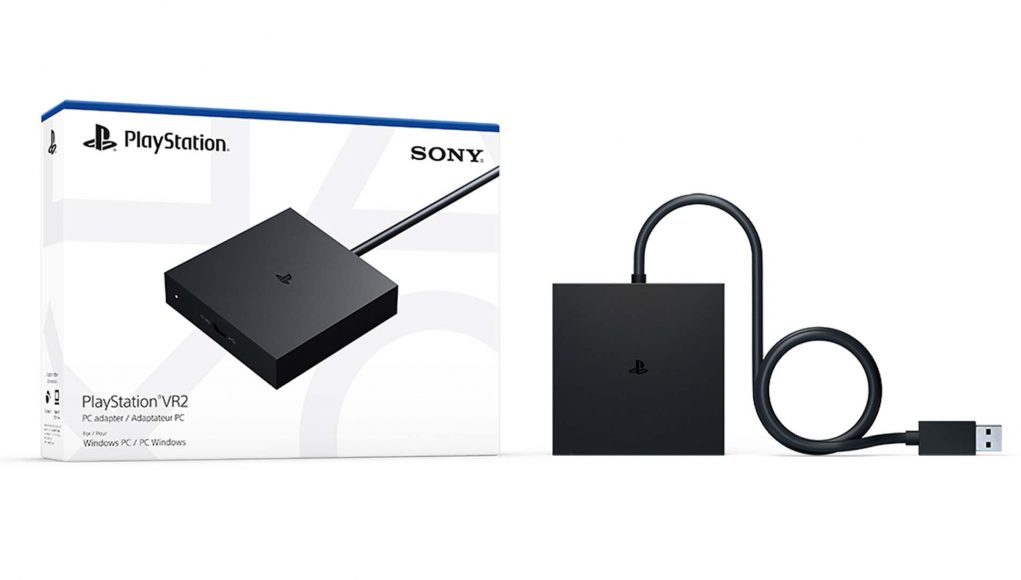Sony announced it’s slated to release its long-awaited PC VR adapter for PSVR 2, which will finally let users play PC VR content like Half-Life: Alyx (2020), Fallout 4 VR (2017), and more. Besides requiring a VR-ready PC, you’ll also need to shell out $60 bucks for the adapter itself, and need to watch out for a few caveats too.
Update (June 3rd, 2024): Sony announced in a blog post that it’s finally releasing its official PlayStation VR2 PC adapter starting on August 7th, priced at $59.99 / €59.99 / £49.99. The adapter will be available through select retailers and direct.playstation.com.
While a welcome sight, Sony does list a few notable cavets. In addition to needing a Steam account and a PC that meets the minimum requirements—check here to see if your PC is ready for VR—players will need to bring their own DisplayPort cable that is compatible with DisplayPort 1.4.
Also, Sony says when playing on PC, the adapter won’t serve up HDR, headset feedback, eye tracking, adaptive triggers, and haptic feedback other than rumble. It will however benefit from a number of obvious hardware features, such as its 2,000 × 2,040 per eye resolution, 110-degree field of view, finger touch detection, and see-through view, as well as foveated rendering (without eye tracking) and 3D Audio in supported games.
The original article reporting on the adapter’s recent certification in South Korea follows below:
Original Article (May 29th, 2024): Sony said earlier this year it was bringing PC VR support to PSVR 2, and while we still don’t know when that’s set to arrive, it appears the company is nearing the final steps thanks to a certification with the competent certifying authority in South Korea
As reported by tech analyst and YouTuber Brad ‘SadlyItsBradley’ Lynch, Sony has certified the ‘PlayStation VR2 PC Adapter’ with South Korea’s National Radio Research Agency, which is tasked with certifying and controlling all things radio-related in that country.
Sony is certifying an adapter to allow PSVR2 hardware to work on PCs pic.twitter.com/JFQDJVW7NP
— Brad Lynch (@SadlyItsBradley) May 29, 2024
Sony has been very sparse with info following the initial annonce in February that it was going to support PC VR gameplay on PSVR 2 somehow, however now it’s clear the company will be providing/selling its own first-party adapter to do the job.
When this will happen is still a mystery, as the certification itself was completed in late March, which is typically one of the last steps a product needs to achieve before official launch.
Freeing PSVR 2 from its PS5-exclusive tether could be interpreted as somewhat of a white flag from Sony, as the company hasn’t tipped its hand on what sort of exclusive content to expect on the headset beyond its smattering of launch window content, including its biggest exclusive to date, Horizon Call of the Mountain (2023).







